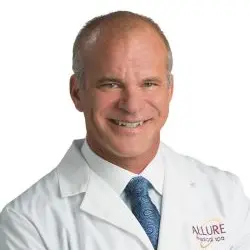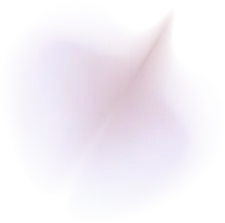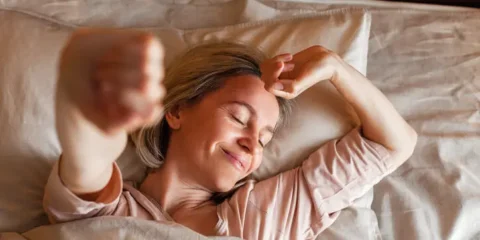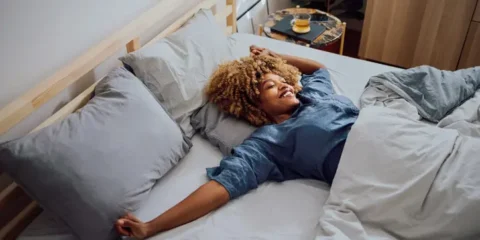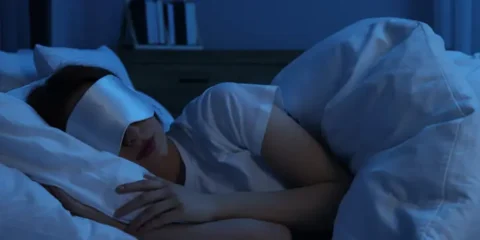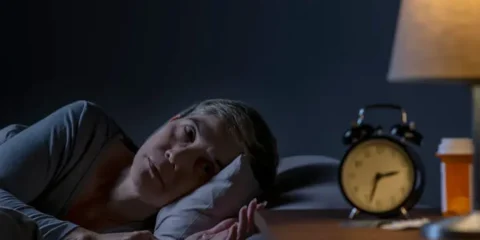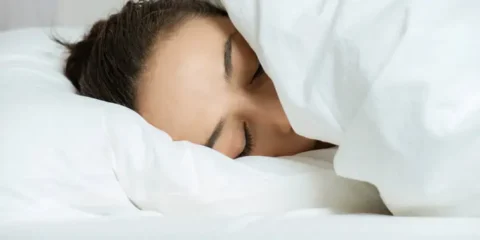Can Sleep Apnea be Treated?
50-70 million US adults have a sleep disorder, and the most severe form of sleep disorder, obstructive sleep apnea, is detrimental to your health and longevity. Studies on a new laser treatment, NightLase®, have shown that sleep apnea is reversible.
It is estimated that 26% of adult Americans aged 30-70 have sleep apnea, and 80% of those are undiagnosed. Sleep apnea increases your risk of heart disease, stroke, diabetes, and obesity. Most people with type II diabetes have undiagnosed sleep apnea, which is a contributing factor to worsened diabetes and obesity!
Untreated sleep apnea is also associated with increased blood pressure as well as damage to brain tissue leading to impaired cognition and daytime sleepiness.
What Causes Sleep Disorders?
Although the cause and effect are not clear, sleep disorders and sleep apnea are associated with increased incidence of depression, anxiety, and other psychiatric disorders.
“Obstructive sleep apnea is destroying the health of millions of Americans, and the problem has only gotten worse over the last two decades,”said American Academy of Sleep Medicine President Dr. Timothy Morgenthaler.
Sleep Apnea Reversal Treatment
The good news is that sleep apnea can be treated. Studies have shown that damage to your body can be reversed with successful sleep apnea treatment. Even the progressive brain damage that can occur with untreated sleep apnea can be completely reversed after a year of treating sleep apnea.
The Gold Standard for treating sleep apnea has been a wearable nighttime CPAP device. While this treatment works, it is inconvenient and can be uncomfortable.
There are surgical procedures that have fallen out of favor due to major downtime and risk. There is a newer surgical procedure called Inspire, that works with an implantable battery that stimulates a nerve for the airway that is moderately successful for sleep apnea.
What is NightLase® Treatment for Sleep Apnea?
NightLase® is a non-surgical procedure that is done in the office with no need for anesthesia. 2 laser devices (Fotona Manufacturing) shrink and repair the tissues of the airway that cause sleep apnea and snoring. The procedure takes about 30 minutes and has no downtime. Your throat will feel dry for a few hours, and the results occur quickly, within a week.
For snoring, NightLase® will typically reduce snoring severity by about 50% after two sessions (2 weeks apart). For sleep apnea, more treatments are recommended, but after sessions, there is typically a 66% reduction in sleep apnea scores.
The laser treatments can be repeated until your symptoms are sufficiently resolved. We can offer an at-home sleep study so you can tell if your apnea is resolved.
The duration of results are unknown, and studies have shown that the effects last at least 2-3 years, but as in other aspects of health, we continue to age, and a maintenance treatment can be appropriate every year or so.
References:
https://aasm.org/rising-prevalence-of-sleep-apnea-in-u-s-threatens-public-health/
The Price of Fatigue: The surprising economic cost of unmanaged sleep apnea
https://www.sleepapnea.org/learn/sleep-apnea-information-clinicians/
https://www.ncbi.nlm.nih.gov/pmc/articles/PMC4990435/
“Minimally Invasive Combined Nd:YAGand Er:YAG Laser-Assisted Uvulopalatoplasty for Treatment of Obstructive Sleep Apnea”. Photobiomodulation, Photomedicine, and Laser Surgery
Volume 39, Number 8, 2021 Shiffman et al
“ Er:YAG Laser Treatment of Sleep-Disordered Breathing” Journal of the Laser and Health Academy Vol. 2013, No. 2; Katarina Svahnström

